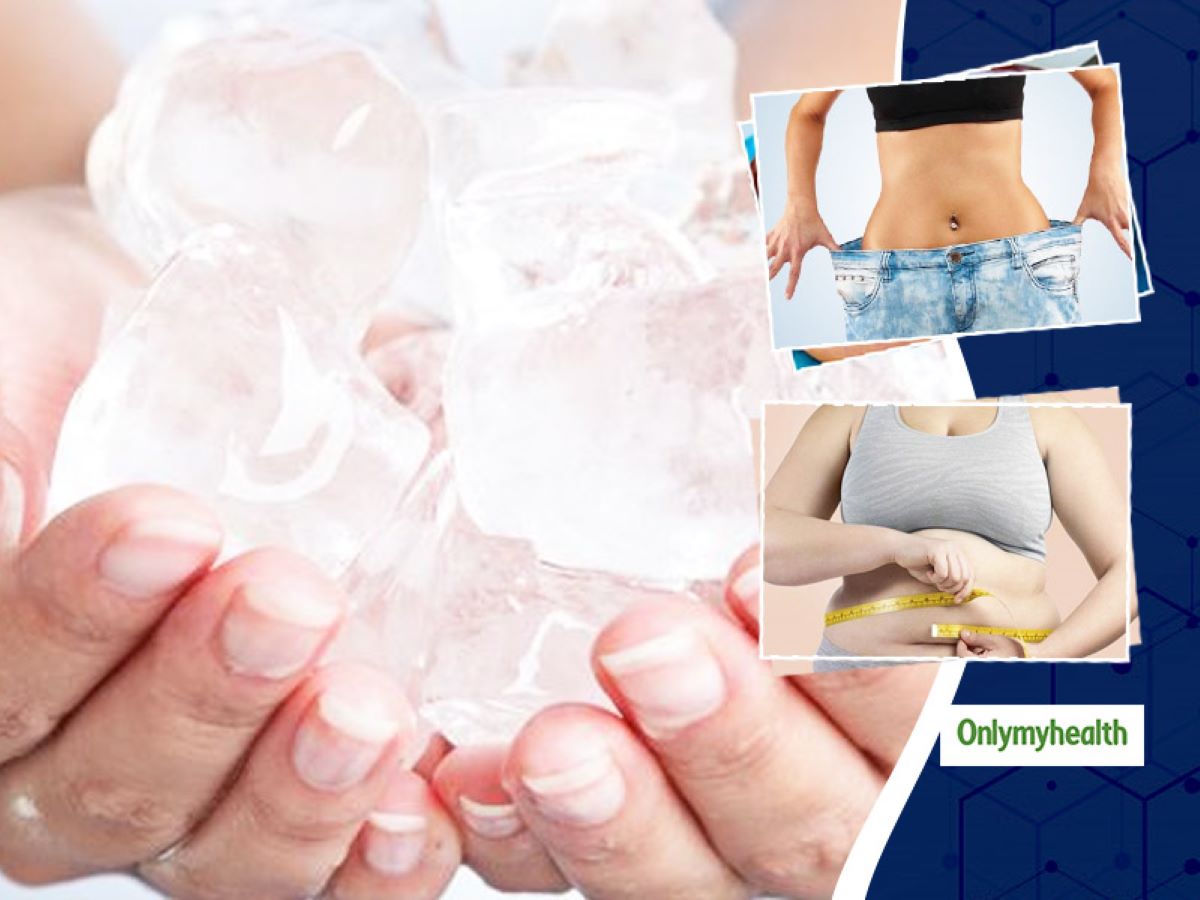There is Unraveling the Frozen Secret of what is the ice hack for weight loss
In the ever-evolving world of weight loss trends and fitness fads, one unconventional approach has been making waves – the ice hack for weight loss. Advocates of this method claim that exposing the body to cold temperatures can stimulate calorie burning, boost metabolism, and aid in shedding excess pounds. But does this so-called “ice hack” truly hold the key to effective weight loss, or is it just another chilling myth?
In this comprehensive exploration, we will delve into the science behind the ice hack, its potential benefits, and the associated risks.
The Science of Cold Exposure:

The concept of using cold exposure for weight loss is rooted in the idea that the body expends energy to maintain its core temperature in colder environments. This process, known as thermogenesis, involves the activation of brown adipose tissue (BAT) – a type of fat that burns calories to generate heat. While white adipose tissue (WAT) stores energy, BAT has the unique ability to burn calories, making it an attractive target for those seeking weight loss solutions.
Research has shown that prolonged exposure to cold temperatures can activate BAT, leading to increased energy expenditure. Cold exposure can occur through various means, such as cold showers, ice baths, or even simply lowering the ambient temperature. Proponents of the ice hack argue that incorporating these cold exposure techniques into one’s routine can enhance weight loss efforts.
The Ice Bath Phenomenon:

One popular application of the ice hack involves immersing the body in cold water, commonly referred to as ice baths or cryotherapy. Advocates suggest that subjecting the body to such extreme cold conditions can jumpstart metabolic processes, resulting in significant calorie burning. Ice baths are often recommended post-exercise, with the idea that they can enhance recovery and amplify the benefits of physical activity.
Studies have explored the impact of cold exposure on metabolism and calorie expenditure. A 2014 study published in the Journal of Clinical Endocrinology & Metabolism found that exposure to cold temperatures increased BAT activity and energy expenditure in participants. However, it’s crucial to note that the effects were relatively modest, and the long-term implications for weight loss remain unclear.
Metabolic Boost and Caloric Expenditure:

While the activation of BAT is a fascinating aspect of the ice hack, the overall impact on weight loss hinges on the magnitude of the metabolic boost and caloric expenditure. A 2017 review published in the International Journal of Obesity concluded that while cold exposure does stimulate BAT and increase energy expenditure, the effects may not be substantial enough to serve as a standalone weight loss solution.
The review suggested that cold exposure might be more effective when combined with other lifestyle interventions, such as regular exercise and a balanced diet. This underscores the importance of adopting a holistic approach to weight management rather than relying solely on the ice hack.
Practical Application and Safety Considerations:

Incorporating cold exposure into one’s routine for weight loss purposes requires careful consideration of practicality and safety. While brief exposure to cold temperatures may have benefits, prolonged or extreme cold exposure can pose health risks, including hypothermia and frostbite. It is crucial to approach the ice hack with caution and avoid excessive or unsafe practices.
Moreover, individual responses to cold exposure can vary. Factors such as age, overall health, and tolerance to cold play a role in how the body responds to this type of intervention. It’s essential for individuals to listen to their bodies, start with conservative approaches, and consult with healthcare professionals if they have underlying health conditions.
The Role of Hormones:

Another aspect of the ice hack’s impact on weight loss involves hormonal responses to cold exposure. Cold temperatures can trigger the release of certain hormones, such as adrenaline and norepinephrine, which play a role in increasing heart rate and metabolic rate. Additionally, cold exposure may influence hormones like leptin and ghrelin, which regulate hunger and satiety.
While these hormonal responses may contribute to the overall metabolic effects of the ice hack, it’s essential to recognize that weight loss is a complex interplay of various factors. Lifestyle, dietary habits, and genetic predispositions also play crucial roles in determining an individual’s ability to lose weight and maintain a healthy body composition.
Things You Should Know for Ice Hack for Weight Loss
The ice hack for weight loss, rooted in the science of cold exposure and its impact on metabolic processes, has gained attention in the wellness community. While there is evidence to suggest that cold exposure can stimulate calorie burning and activate BAT, the overall efficacy of the ice hack as a standalone weight loss solution remains uncertain.
As with any emerging trend, it is crucial to approach the ice hack with a critical mindset and an understanding of its potential risks. While incorporating mild cold exposure into one’s routine may have some benefits, it should be complemented by a comprehensive approach to weight management, including a balanced diet and regular physical activity.
Individuals interested in exploring the ice hack should do so cautiously, taking into consideration their health status, tolerance to cold, and consulting with healthcare professionals if necessary. Weight loss is a multifaceted journey, and while the ice hack may add a refreshing twist, it is unlikely to replace the fundamentals of a healthy lifestyle.



